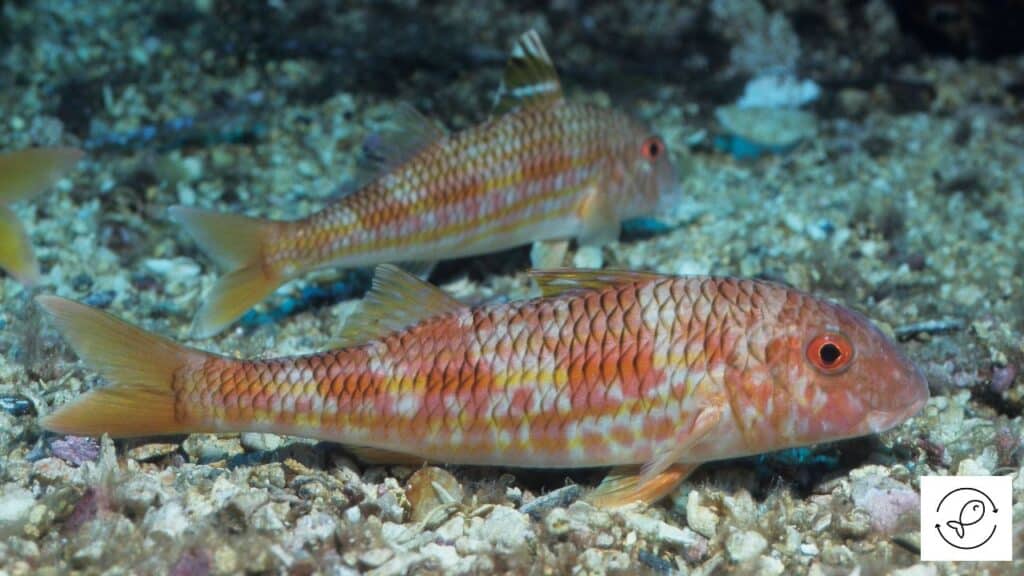Bristle worms or polychaetes are also known as free-living creatures.
It means if you cut them into two parts, each part can live independently.
They can overrun your aquarium by reproducing rapidly when there are plenty of food resources.
However, there are fish species that have an appetite for bristle worms.
Given below are some of the well-known saltwater fish that eat bristle worms.
Bird Wrasse
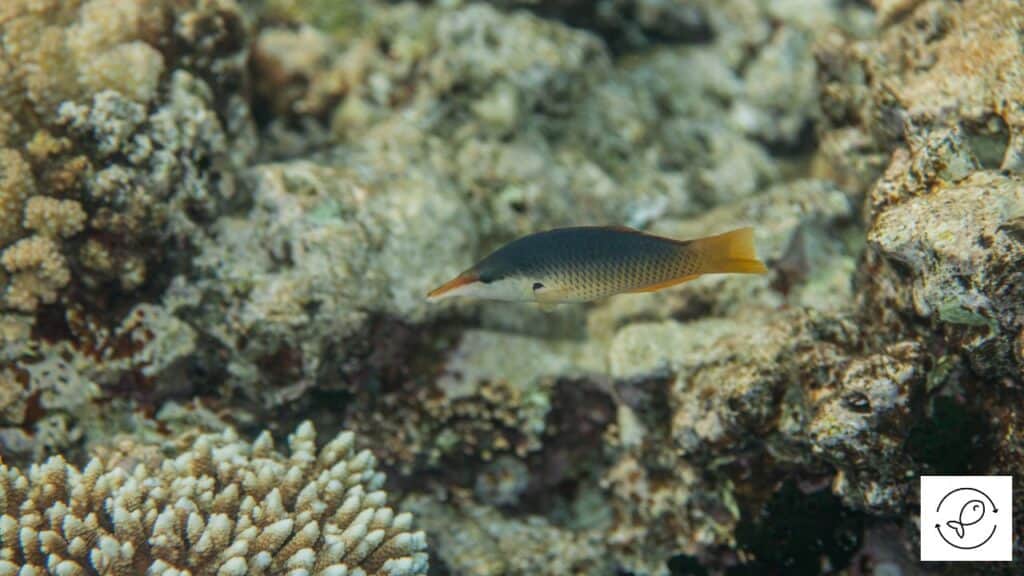
The bird wrasse is a saltwater species found throughout the Indian Ocean from India to Japan to Hawaii.
Male bird wrasses tend to be either medium to dark green or greenish-blue in color.
Females have a creamy white color in front and dark brownish-black color at the back.
These aggressive fish will eat both the beneficial and unnecessary bristle worms and other pests inhabiting the aquarium.
Bird wrasses are predatory fish that eat smaller fish and crustaceans, including shrimp, clams, crabs, and snails.
Copperband Butterflyfish
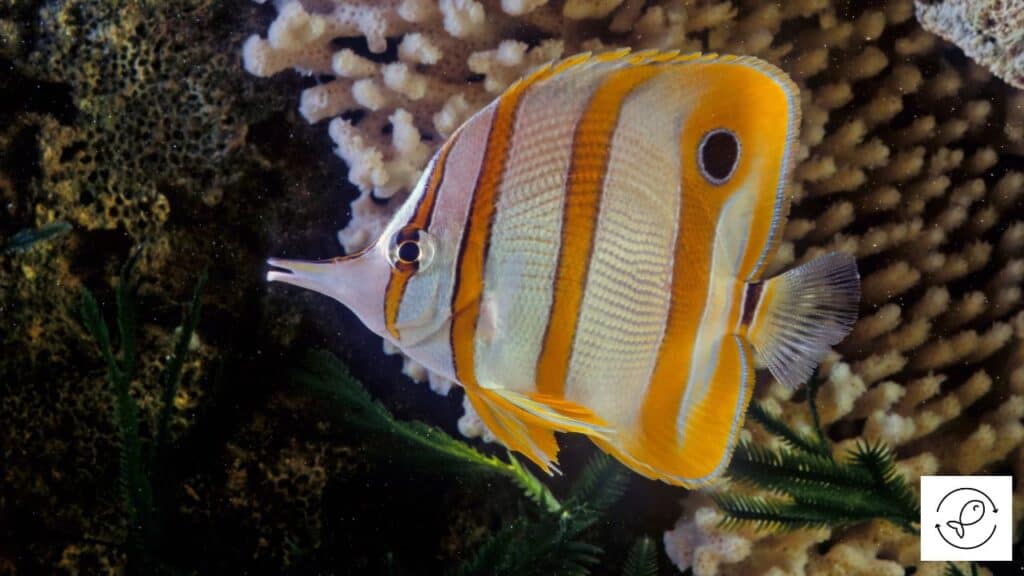
The copperband butterflyfish inhabits the tropical water reef habitats in the Indian and Pacific oceans.
This fish has a triangle-shaped body, an elongated snout, and a large dorsal and anal fin.
It has a white body with yellow vertical lines and a black outline.
The copperband butterflyfish are an excellent choice to eliminate bristle worms because they’re part of the butterflyfish’s diet.
In the wild, copperband butterflyfish consume aiptasia, worms, tiny shrimp, and fish fry.
Flame Hawkfish
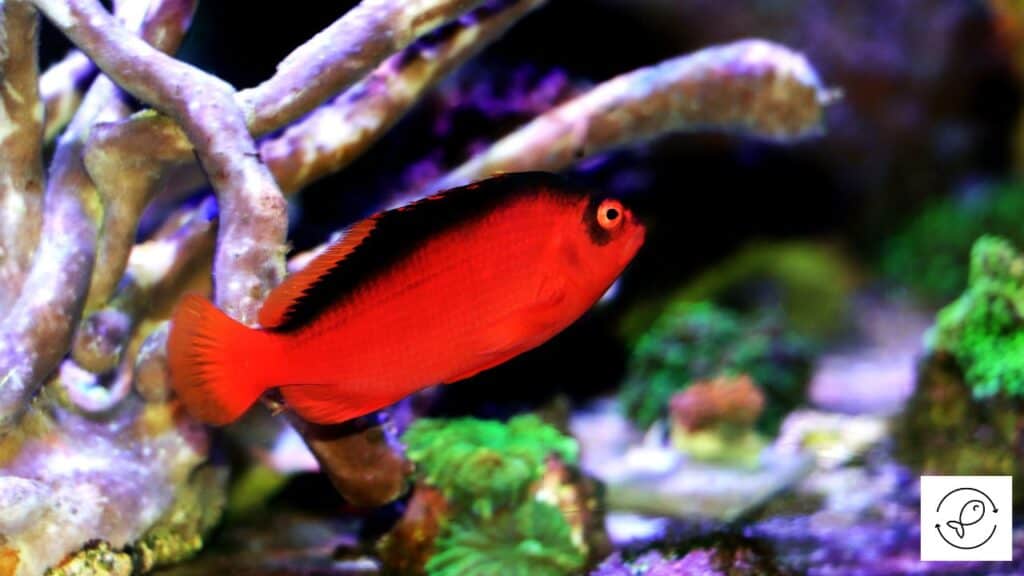
The flame hawkfish is a marine ray-finned fish commonly found in the reef environment of the Pacific Ocean.
They’re more prevalent in aquarium hobby than other hawkfish.
This fish has a bright red-colored body with dark spots around its eye and back.
The flame hawkfish has a unique personality and is an excellent choice for reef aquariums.
These fish can help remove bristle worms and pests from your reef aquarium.
They’re known to eat tiny crustaceans in their natural habitat.
Goatfish
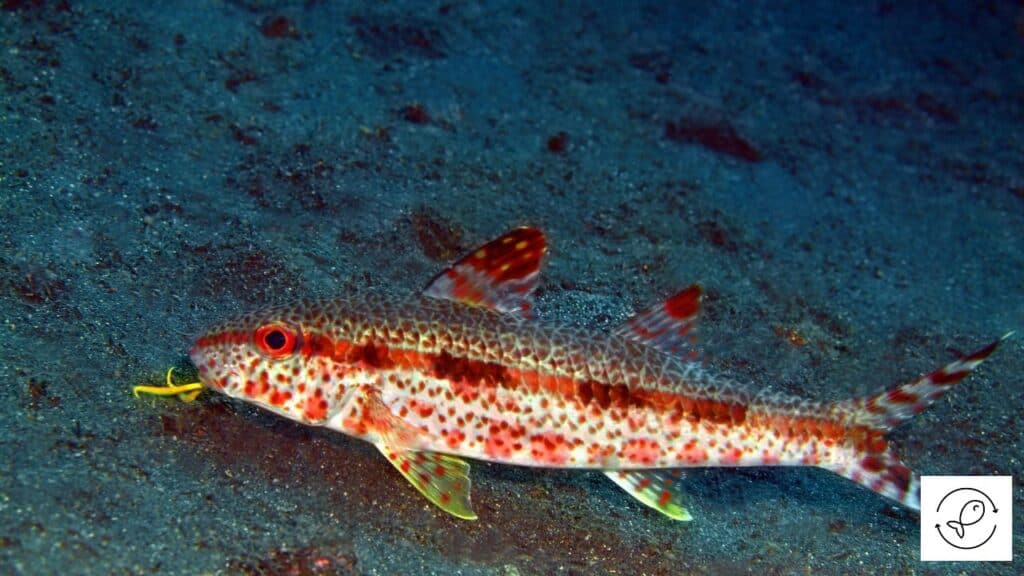
Goatfish can be found in different oceans around the world.
They live in a variety of habitats in tropical, subtropical, and temperate waters.
Goatfish have two barbels that help them to find their prey.
These fish are known to eat bristle worms and help reduce the worm population.
Besides bristle worms, they eat crustaceans, mollusks, and other small invertebrates in the wild.
Goby

Goby is a common name for small to medium-sized fish with large heads and tapered bodies.
They’re found in marine, brackish, and freshwater habitats.
Some gobies eat bristle worms as part of their diet.
There are some goby species that eat them exclusively, while others eat them when hungry.
Besides bristle worms, gobies eat shrimp, crabs, and benthic algae in the wild.
Longnose Hawkfish
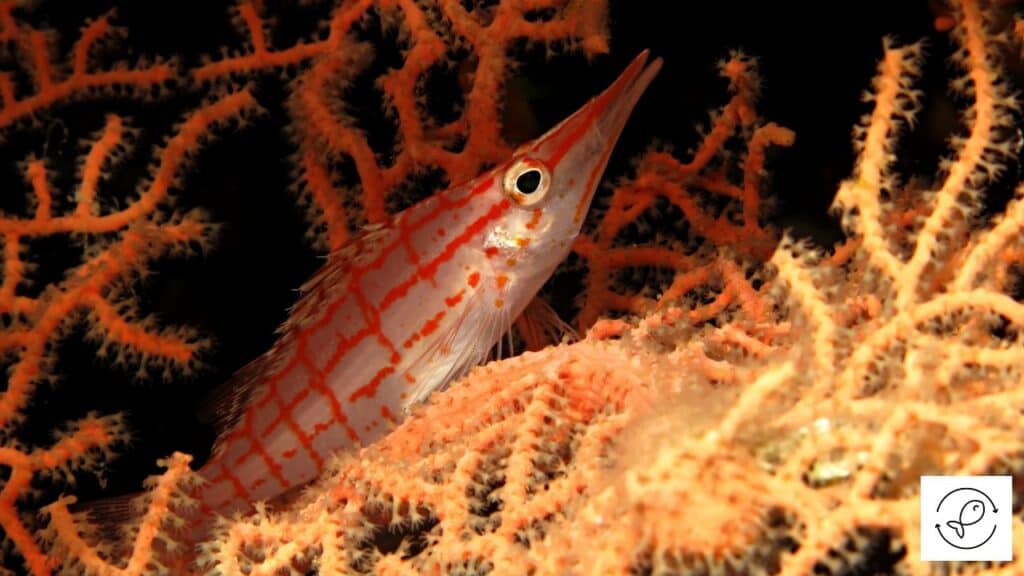
The longnose hawkfish is a marine species of ray-finned fish. It inhabits the tropical reef systems of the Indian and Pacific oceans.
These fish are red and white with mottled markings.
The horizontal and vertical lines make a grid-like pattern that makes them look like clowns.
However, longnose hawkfish can effectively eliminate bristle worms and other pests that overrun a reef aquarium.
Longnose hawkfish eat small benthic or planktonic crustaceans in the ocean.
When kept in tanks, these predatory fish seek opportunities to eat invertebrates and small fish.
Melanurus Wrasse

Melanurus wrasses are saltwater fish that are part of the wrasse species.
They’re commonly found throughout the waters of the Western Pacific Ocean.
Males of this species tend to be the more colorful, with blue, yellow, and red stripes.
In contrast, females and young ones have distinct spots on their dorsal fins and tail.
These are predatory fish that feed on small invertebrates in the wild.
They will be happy to eliminate the bristle worms from your marine aquarium.
Besides bristle worms, these wrasses feed on brine shrimp, clams, krill, snails, squids, slugs, and other pests, including flatworms found in aquariums.
Neon Dottyback
Check out how these fish look over here.
The neon dottyback is a ray-finned fish, part of the dottyback fish family.
This fish is found in the warm waters of the western Indian Ocean.
Neon dottybacks are beautiful bright yellow-orange colored fish with neon blue stripes on their dorsal fins, gill cover, and tail.
These carnivores are excellent predators that will wipe out bristle worms from a reef aquarium.
However, once the bristle worm population depletes, these predatory fish will go after shrimp, krill, and other invertebrates in your aquarium.
Orchid Dottyback
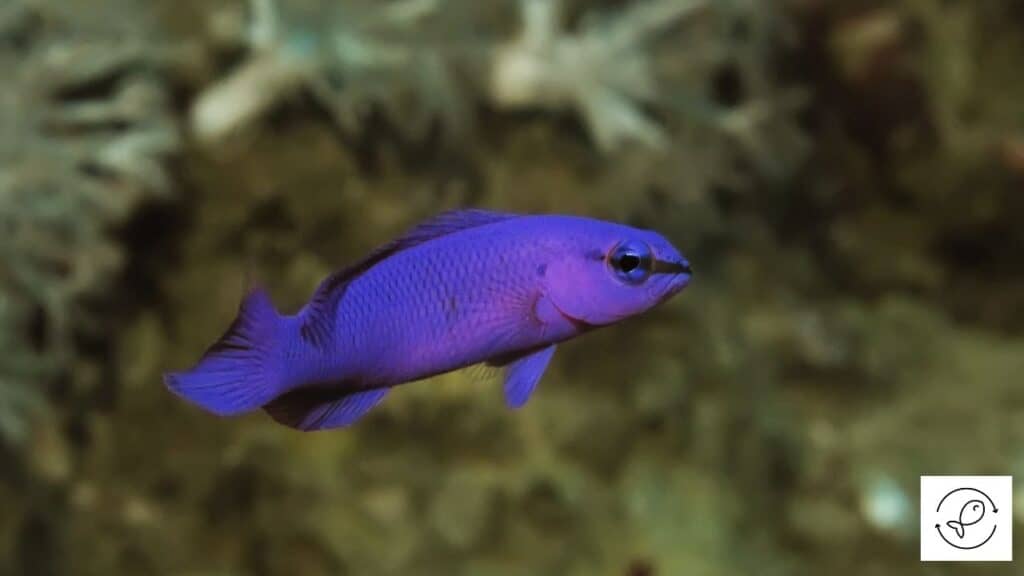
Orchid dottybacks are from the dottyback family. They’re endemic to the Red Sea.
This species is raised in captivity and is commercially significant for home aquariums.
These fish have a bright violet color body, with a horizontal line crossing through the eye.
Their fins match the violet-blue color of their eyes.
Many hobbyists rely on orchid dottybacks to suppress the bristle worm population in their tank.
These fish are known to go after bristle worms in the tank.
Orchid dottybacks are predatory fish that will adapt to captive food.
However, they will readily eat mysis shrimp and pest invertebrates in your marine aquarium.
Six Line Wrasse

Six line wrasses are small marine fish that live in the warm waters of the Indo-Pacific oceans.
They’re reef-safe and popular in the aquarium hobby.
These fish have a violet body with six orange stripes running down their sides.
They also have a small spot on the dorsal side near the bottom of their tails, along with blue lines on their pelvic fins.
Six line wrasses are carnivores that primarily eat meaty food in the wild. These fish will readily eat bristle worms as part of their diet.
They also eat tiny crustaceans called amphipods, copepods, and isopods found in coral reef ecosystems.
Star and Stripes Puffer
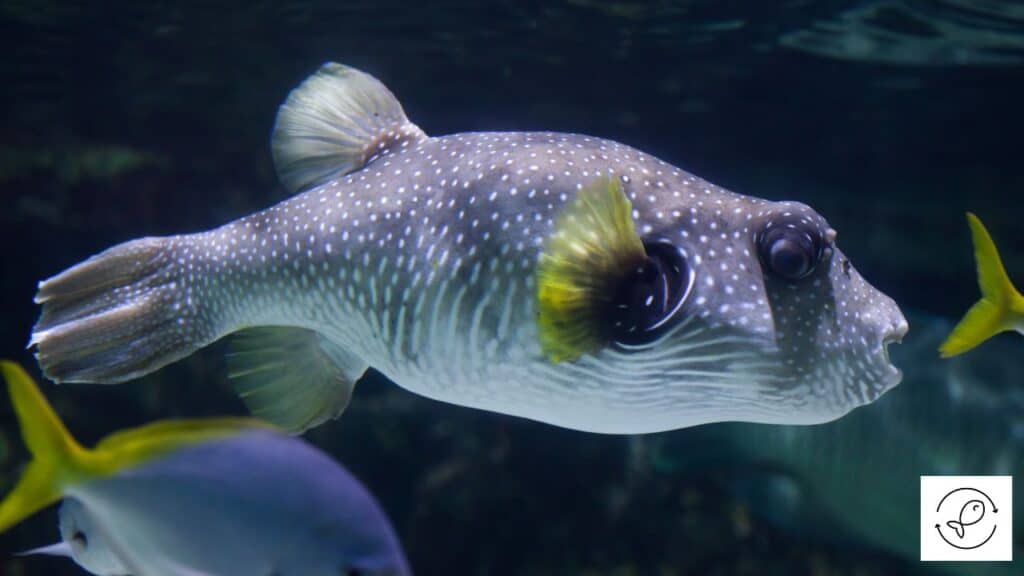
The star and stripes puffer is a large-sized pufferfish. These fish are found in the warm tropical waters of the Indo-Pacific region.
They’re greenish-yellowish brown on top and white on the bottom.
The upper side of their body and tail are covered in tiny white spots, while the lower side has white to pale blue lines.
They’re not considered reef-safe because they consume corals, sponges, starfish, crabs, mollusks, and sea urchins in their natural environment.
Besides star and stripes puffers, other pufferfish can also be used to eliminate bristle worms.
Sunset Wrasse
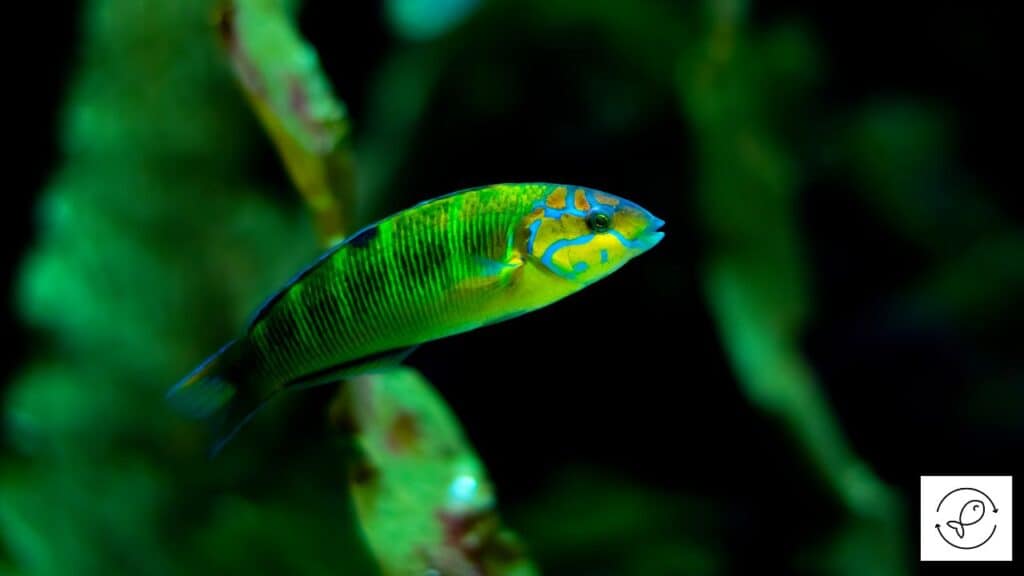
Sunset wrasses are marine wrasse species that inhabit the reef environment of the Indo-Pacific oceans.
As they age, male sunset wrasses change color, becoming a beautiful array of blues, greens, and yellows.
Females continue with their yellow coloration into adulthood.
Sunset wrasses are excellent at eliminating bristle worms and other pests that take over the aquarium.
These fish live in schools in shallow lagoons and reefs rich in coral growth.
They feed on benthic invertebrates, fish eggs, and worms in their natural habitat.
Yellow Coris Wrasse
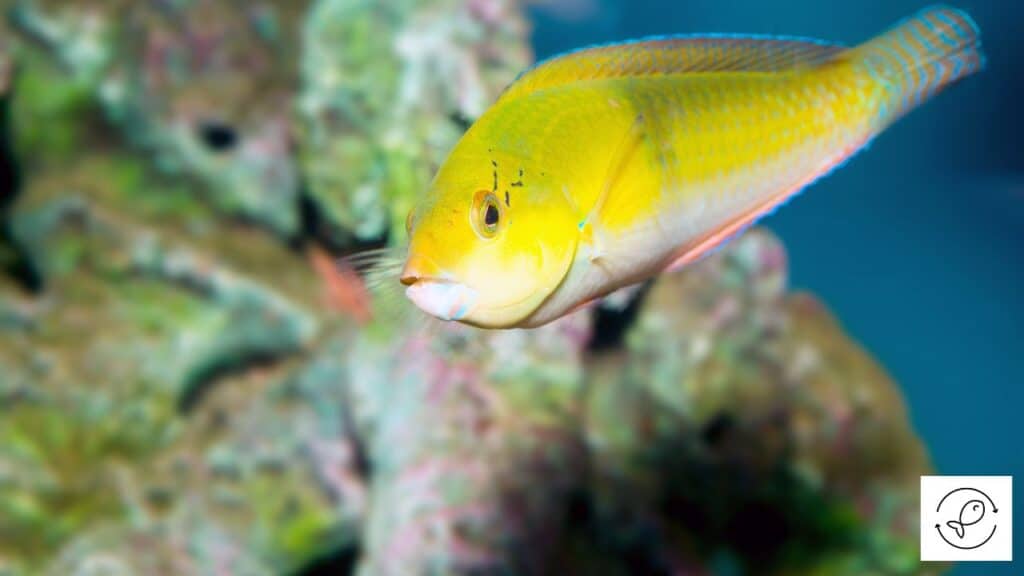
Yellow coris wrasses are marine fish found in the reef environment of the eastern Indian Ocean, Micronesia, to North South Wales in Australia.
They have bright golden yellow elongated bodies, with a black spot on their dorsal fin.
Young ones have multiple spots on their fins but are left with only one as they mature.
Yellow coris wrasses eliminate all types of worms from the aquarium efficiently.
They will go after the bristle worms, flatworms, and other pests in your reef aquarium.
These fish eat a wide range of nutritious meaty food, including shrimp, clams, krill, squids, and even small fish.

